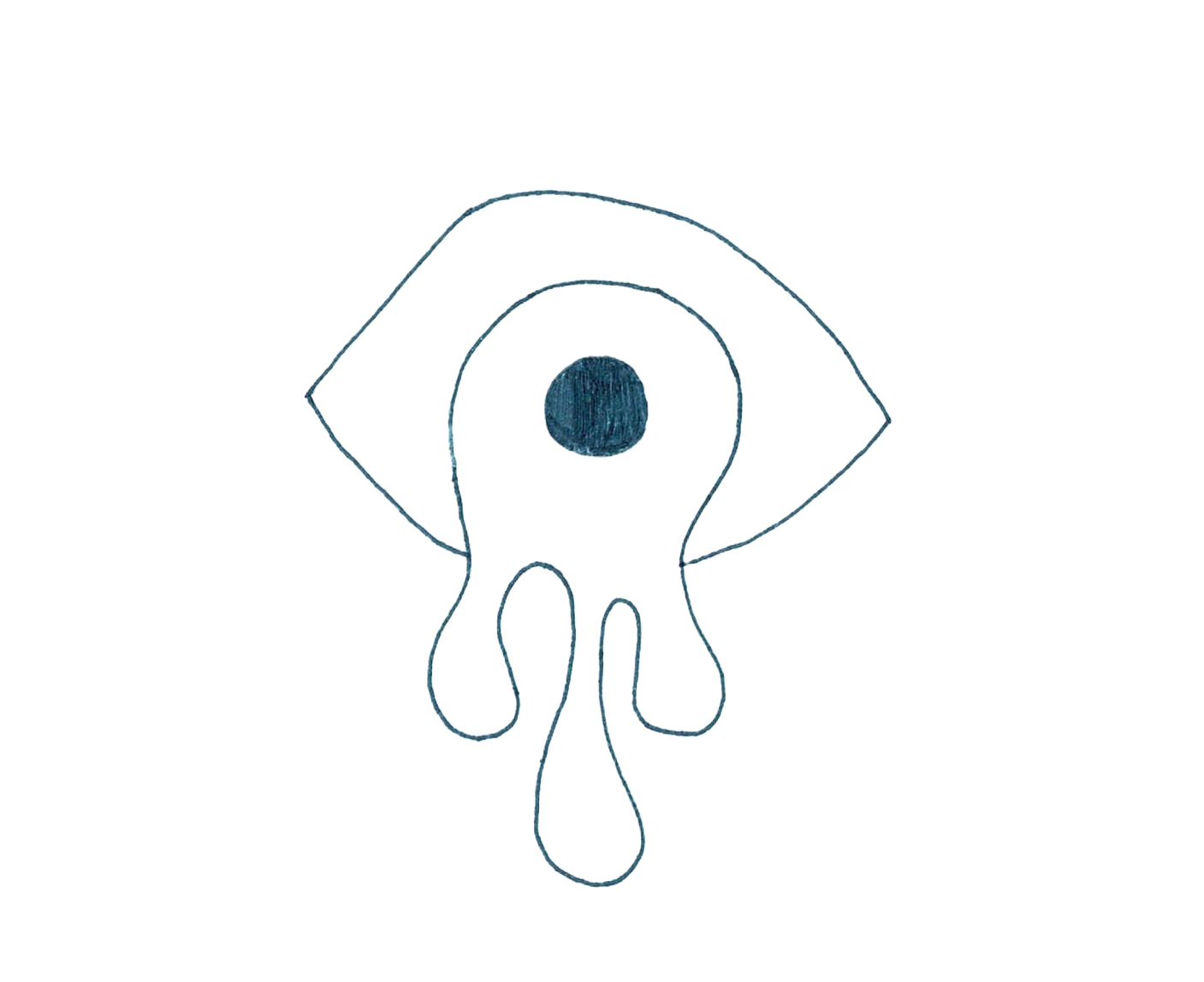published with witchway magazine
When I was a child, I believed in all kinds of mystical creatures - fairies, mermaids, dragons; I even imagined that I could turn into a werewolf when the moon was full. Believing is something that gives us hope, and makes life considerably interesting. It creates possibilities and opportunities, and may even lead you to an incredible discovery. As you grow older, your ability to believe in things – particularly the unexplainable – seems to disappear. But if you’re one of the fortunate ones, you may hold onto that last little bit of faith.
Fairytale: A True Story is a film I watched countless times during my childhood. Sadly, in the years since, I had almost forgotten about it entirely. Maybe that’s because my ability to believe had dwindled; maybe growing up got in the way of things I used to cherish. Watching this film again has served as a reminder that there is magic and mystery everywhere – but you must believe to see it.
The film opens with a performance of Peter Pan, the part where Tinkerbell is dying. The actor playing Peter Pan exclaims, “Tink could get well again if children believed in fairies! Do you believe in fairies?”. To which the children in the audience scream “YES!”. And so, the whimsical journey begins.
Set in 1917 England, two young cousins, Elsie Wright and Frances Griffiths take photographs of fairies in their garden. Frances has come to stay with Elsie’s family as her father, who is serving in World War I, has gone missing. Although, Frances is adamant that he will return. When Frances arrives, the pair realise their shared fascination with fairies and spend much time down at the ‘beck’, a creek deep in the forest behind the Wright house. As Elsie’s Father, Arthur, develops the photographs, her mother, Polly, attends a Theosophical Society lecture. Here, she witnesses stories of others encountering supernatural beings, including fairies. The photographs of the fairies are a spectacular discovery, particularly for Polly. The loss of their son, Joseph, is a deep wound that is tainted by the assumption that he was mentally ill because he too believed in fairies.
The photographs are given to Edward Gardner, a Theosophical lecturer, who has them professionally analysed. Once they are deemed genuine, the photographs capture the attention of Harry Houdini and Sir Arthur Conan Doyle. Conan Doyle is enthralled by the discovery, although Houdini is skeptical. Together they travel to the Wright home in Cottingley, bearing two new cameras as gifts for the girls. Conan Doyle requests that the girls capture more photographs of the fairies. When they are successful, he has them published in The Strand Magazine - promising to protect their secret by keeping their identities anonymous. However, when one determined journalist recognises the beck in the photographs, the girls’ greatest fear comes true. Hundreds of people flock to Cottingley looking for fairies, but all they manage to do is chase them away.
The audience is left to decide whether or not fairies are real, as there are numerous scenes within the film that suggest either could be true. Existing between fantasy and reality, the entire film focuses on the ability to believe in something – whether it be fairies, a loved one returning home, or your child. Fairytale: A True Story may be a magical adventure for children, but it also presents a lesson for all. It encourages you to believe, even in the most dreadful of times - in the midst of war, grief and heartache. Having something to believe in can lure you out of the dark, and gently guide you through to the other side. At least, that is what it has done for me.
